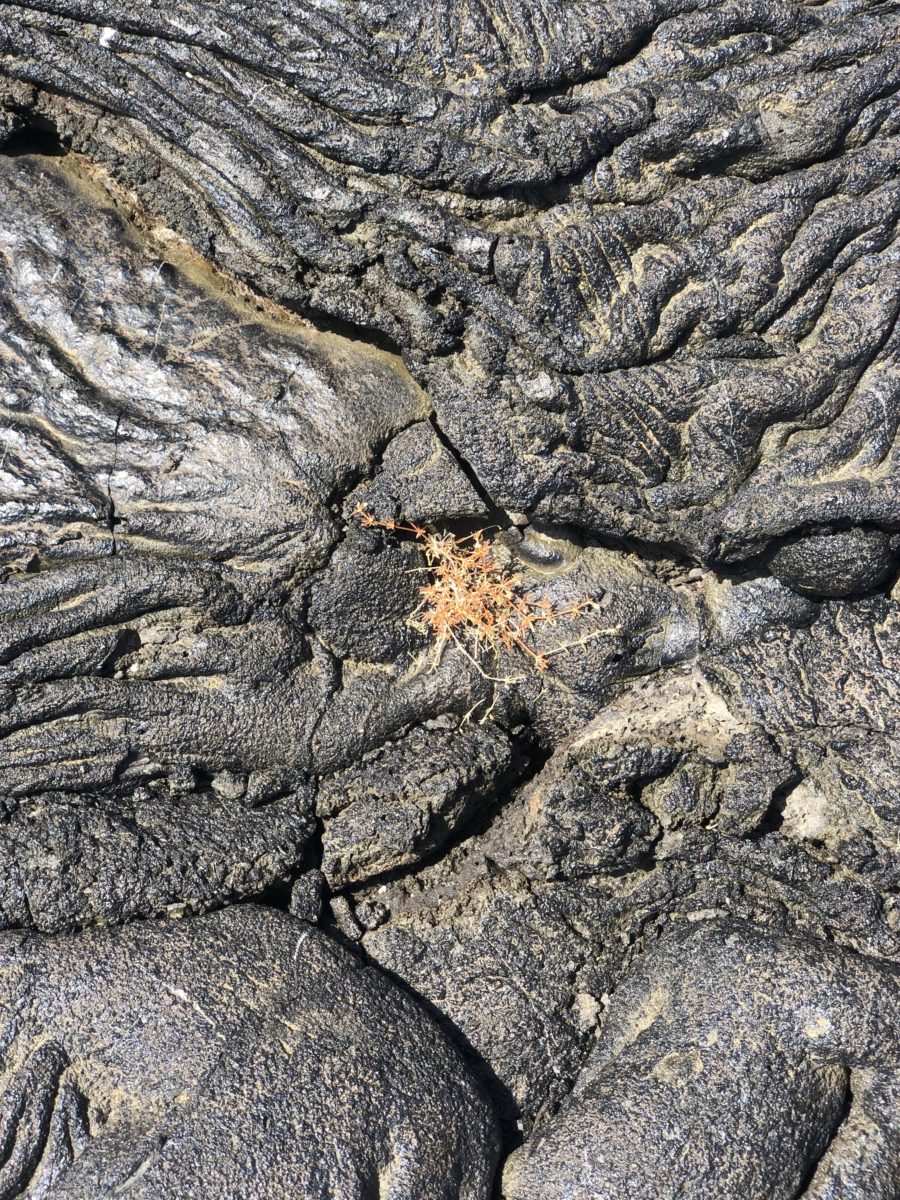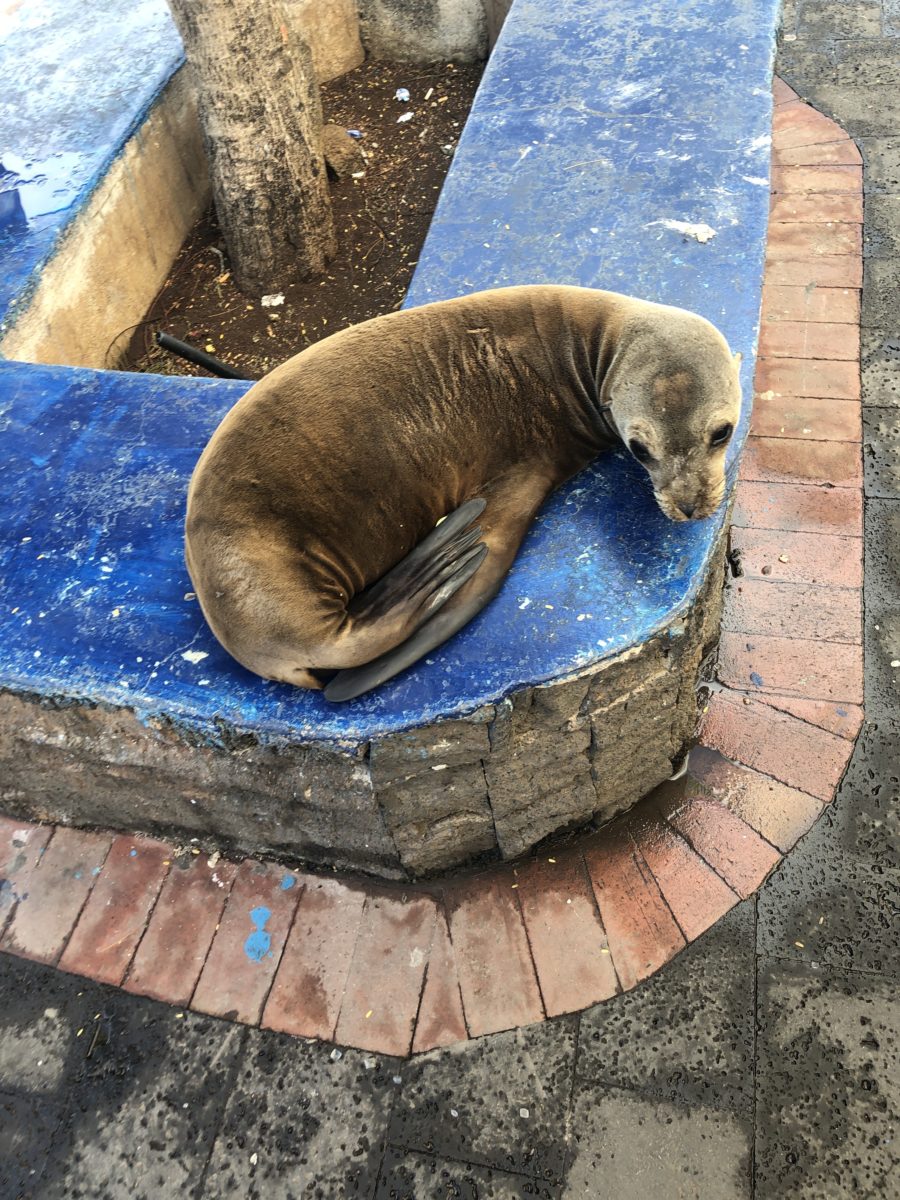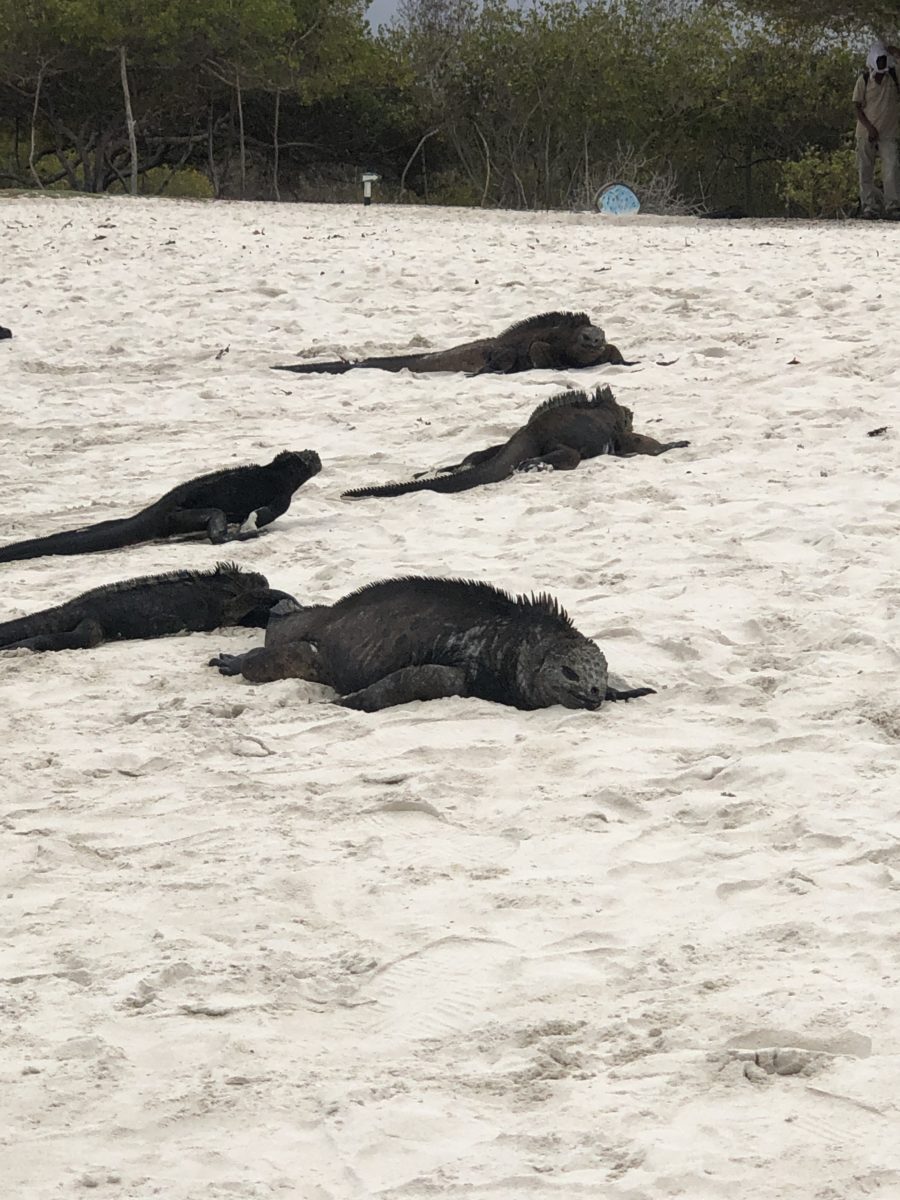Darwin’s famous finch study was only the beginning: Today, the Galápagos Islands are still a scientist’s playground, and an absolute delight for anyone even remotely interested in the natural world. The main draw to this destination off the coast of Ecuador is that it’s one of the few places in the world where animals aren’t afraid of humans, because they’ve lived in isolation with very few predators for millions of years. This is also the reason these iguanas, sea birds, sea lions, and giant tortoises have been able to adapt relatively quickly to the islands’s incredibly harsh conditions, resulting in different species of the same genus across each of the 13 islands.
A visit to the Galápagos means a deep dive into what the world could look like without humans—and a lesson in protecting those spaces from development and overtourism. Here’s a closer look at six of the 13 islands that make up the Galápagos.
Santiago, originally named James Island after England’s King James II, was the second of the Galapagos Islands visited by Charles Darwin. It's covered in 30 square miles of lava, from a volcano 60 miles underground that exploded millions of years ago.
Compare that to places like Hawaii, where the lava came from only 10 miles underground, and you can understand why scientists have learned so much about our planet here—it's the closet thing to the earth's core. Galapagos cactus and lava mat plants still manage to grow here, and on the island’s beach, bright red and blue Sally Lightfoot crabs snack on fish and other organisms. They're so fearless and animated they almost look like cartoon versions of themselves.
Bartolomé Island may be new to the scene—at 1.5 to 2 million years old it's considered one of the younger Galápagos Islands—but it's also the most spectacular.
Located just off the east coast of Santiago Island, the 0.5 square mile island is made up of an extinct volcano and several volcanic formations. 365 steps take you to the top of Bartolomé, with sweeping views of Sullivan's Bay and volcanic craters. There's prime snorkeling around Pinnacle Rock, a jagged rock formation that is the island's most distinctive characteristic. Sea lions, Galapagos penguins, and white-tipped reef sharks are all yours for the viewing.
This island is for the birds—literally. North Seymour Island is the main nesting ground for the Magnificent Frigatebird, and it's the only other place in the world besides the Caribbean where you can find them. These animals have the largest wingspan-to-body ratio in the world (for example, a female could have an eight-foot wing span, but only be 3.2 pounds), and are the only seabirds in the world that can't get wet, because their oil glands have shrunken through adaptation to make them more agile.
North Seymour is also where you're most likely to see Blue Footed Boobies courting and nesting. Note: It’s almost impossible for seabirds to single parent, because it takes 50-55 days to incubate an egg, which can’t be left alone because it will fry in the sun within minutes. So males and females rotate between looking after the nest and feeding and cooling off at sea—meaning the bird you see guarding their eggs might not necessarily be a mother.
At South Plaza you can see conservation in action. It's the site of a Galapagos Verde 2050 initiative to bring cacti back to the island. Part of the Charles Darwin Foundation project, Galapagos Verde 2050 is committed to the conservation of natural resources and the well-being of local people. After humans killed off the hawk population at South Plaza, iguanas took over—a problem for cacti, the iguana's main food source.
Hawks are now protected and are slowly returning, but there's still plenty of marine and land iguanas to observe here. Fun fact: 10.5 million years ago, marine and land iguanas were the same species, and today, eight of these hybrids have been spotted on South Plaza, a return to their original form.
Pay close attention when you're getting on and off your boat: this island also acts as a sea lion delivery room because there are no currents, no predators, and shade to protect from the sun. Dozens of sea lion pups often line the shore.
All you really need to know about Santa Fe is that it's home to the largest sea lion colony in the Galápagos. Dozens of sea lions lounge right on the beach; young males charge each other and moms nurse their pups, totally unbothered by the presence of humans.
Under the shade of a cactus, you might even see a bloodied mom who just gave birth and the tiny sea lion pup, whose just waking up to life in the Galápagos. A giant alpha male swims in the water, guarding his herd and maintaining order.
The snorkeling around Santa Fe is arguably some of the best in the world: You'll see tens of thousands of salema fish, blue tangs (think: Finding Dory), and parrotfish, plus sea lions (we swam within feet of a 450-pound bull), and plenty of white-tipped reef sharks, who hang out 20 feet below on the ocean floor—the water is so clear you can see them perfectly.
Santa Cruz is the most populated island in the Galapagos and the tourism hub—most residents live in Puerto Ayora, which is the point of departure for many day trips out to other islands. Puerto Ayora feels a lot like a surf town, with hostels and cafes with free Wi-Fi—but it's still worth a visit, especially to the fish market, where sea lions, iguanas, and birds scavenge for food.
Visit El Chato Tortoise Reserve to get your fix of Galápagos Giant Tortoises and wander through lava tubes. Tortuga Beach is a favorite among locals, where you might just find yourself swimming alongside marine iguanas. On the bay side, rent a kayak and keep an eye out for sea turtles—they come here every season so that small fish can clean the algae off their shells.























